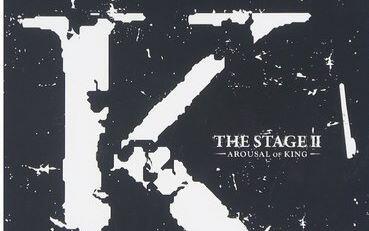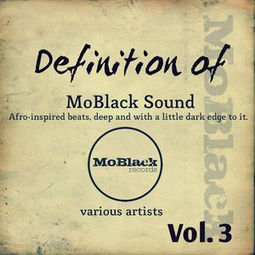Definition of Op-Ed
Have you ever come across an article in a newspaper or magazine that presents a strong opinion on a particular topic? If so, you’ve likely encountered an op-ed piece. Op-eds, short for “opinion-editorials,” are a unique genre of writing that combines the persuasive power of an editorial with the personal insight of an author. In this article, we will delve into the definition of op-eds, their purpose, structure, and the impact they have on public discourse.
What is an Op-Ed?

An op-ed is a written piece that expresses the personal views of the author on a specific subject. Unlike news articles, which aim to provide factual information, op-eds are designed to influence public opinion and provoke thought. They are typically found in newspapers, magazines, and online publications, and are often accompanied by a photograph of the author.
Op-eds are written by a wide range of individuals, including politicians, journalists, academics, and activists. The key characteristic of an op-ed is its focus on opinion rather than fact. While authors may base their arguments on research and data, the ultimate goal is to persuade readers to adopt their viewpoint.
Purpose of Op-Eds

The primary purpose of op-eds is to engage readers in a discussion on important issues. By presenting a clear, compelling argument, authors can influence public opinion and shape the national conversation. Here are some key reasons why op-eds are important:
-
Informing the Public: Op-eds provide readers with a variety of perspectives on complex issues, helping them to make informed decisions.
-
Advocacy: Authors use op-eds to advocate for their cause, whether it’s a political issue, social justice, or environmental protection.
-
Shaping Policy: Op-eds can influence policymakers by highlighting the concerns and needs of the public.
-
Encouraging Debate: Op-eds often spark discussions and debates among readers, fostering a more engaged and informed society.
Structure of an Op-Ed

While the structure of an op-ed can vary, most pieces follow a similar format:
-
Hook: The opening paragraph captures the reader’s attention and introduces the topic.
-
Background: The author provides context for the issue, explaining why it’s important and what’s at stake.
-
Argument: The author presents their viewpoint, supported by evidence, research, and examples.
-
Counterarguments: The author acknowledges and addresses potential counterarguments, reinforcing their position.
-
Conclusion: The author summarizes their argument and calls for action or further discussion.
Impact of Op-Eds
Op-eds have a significant impact on public discourse. Here are some examples of how they have influenced events and issues:
-
Political Campaigns: Op-eds have played a crucial role in shaping political campaigns, with authors using them to promote their candidates and policies.
-
Social Movements: Op-eds have helped to mobilize support for social movements, such as the Black Lives Matter and MeToo movements.
-
Environmental Policy: Op-eds have raised awareness about environmental issues, leading to increased pressure on policymakers to take action.
-
Economic Policy: Op-eds have influenced economic policy debates, with authors advocating for or against specific measures.
While op-eds can be a powerful tool for influencing public opinion, they are not without criticism. Some argue that op-eds can be biased, misleading, or manipulative. However, the value of op-eds lies in their ability to spark debate and encourage readers to think critically about important issues.
Conclusion
In conclusion, op-eds are a unique genre of writing that combines the persuasive power of an editorial with the personal insight of an author. By providing a platform for diverse perspectives, op-eds play a crucial role in shaping public discourse and influencing policy. Whether you agree or disagree with the opinions expressed in an op-ed, one thing is certain: they are an essential part of the ongoing conversation about the world we live in.
| Year | function pinIt() { var e = document.createElement('script'); e.setAttribute('type','text/javascript'); e.setAttribute('charset','UTF-8'); e.setAttribute('src','https://assets.pinterest.com/js/pinmarklet.js?r='+Math.random()*99999999); document.body.appendChild(e); }
|---|
